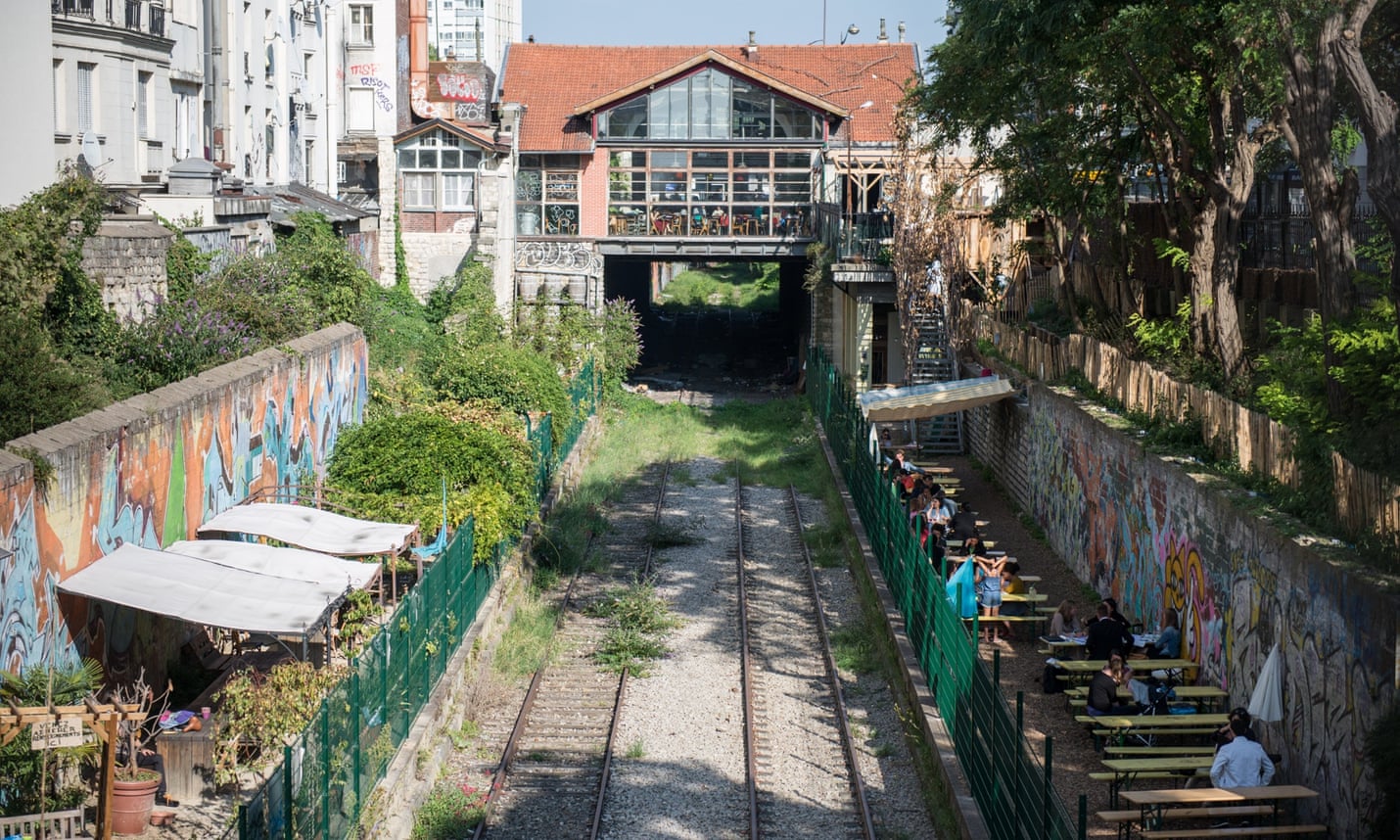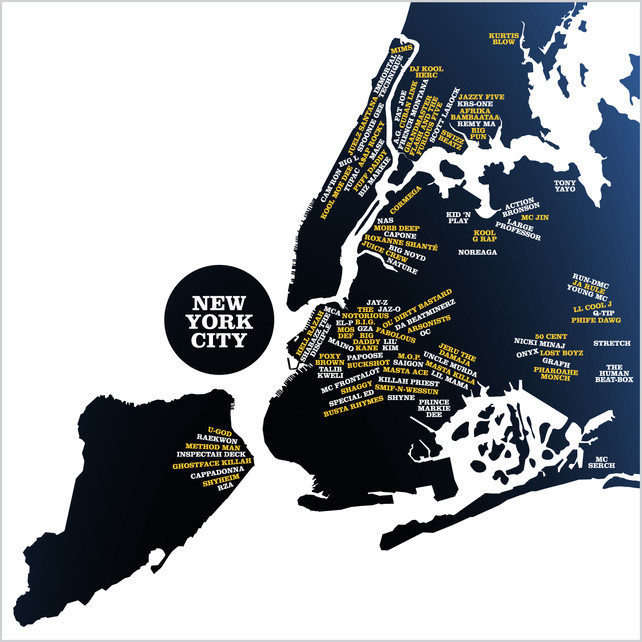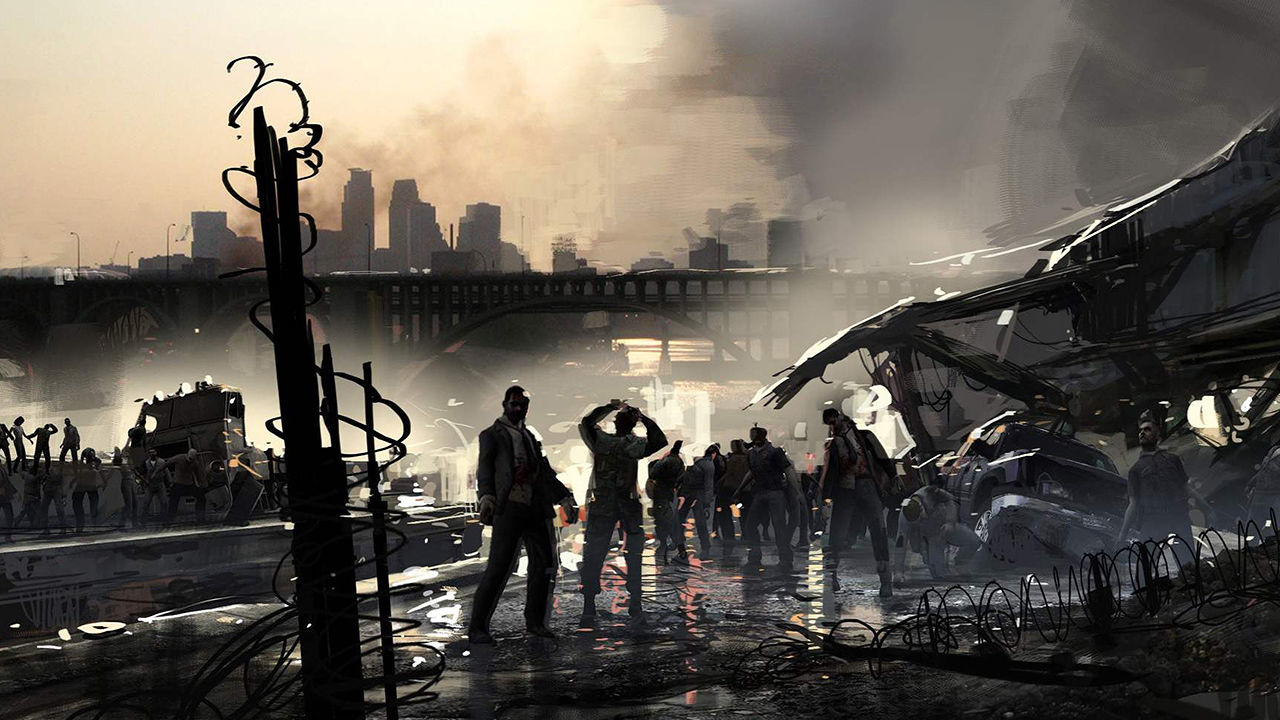 |
| A stretch of the 19-mile Petite Ceinture – or ‘little belt’ – in Paris. Photograph: Palmryre Roigt |
A little-known wasteland nearly 20 miles long, the Petite Ceinture (“little belt”) is an urban phenomenon: an abandoned railway built more than 150 years ago in the centre of Paris. At a time when cities everywhere are struggling for space, the future of this expanse of land, precious in its biodiversity as well as its prime location, is a contentious issue.
“Foxes and various other wildlife use the railway as a passage to get from one place to the other in Paris,” says nearby resident Denis Loubaton. “To chop the Petite Ceinture up and sell it off in chunks would destroy the wildlife that lives here.”
A treasure trove for entrepreneurs, graffiti artists and nature-lovers alike, the disused line – Paris’s last great green space – also serves as a haven for social recluses and a shelter for the homeless. Sixty-year-old Daniel has lived on it for almost two decades after deciding to withdraw from society; Marc from Russia lives in a glass-roof hut he built himself; Michel has chosen to retire into the darkness of his cave to indulge in crack cocaine.

















































